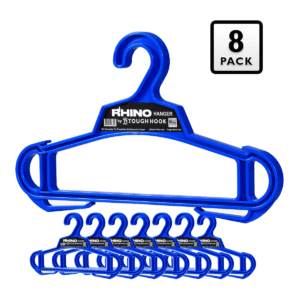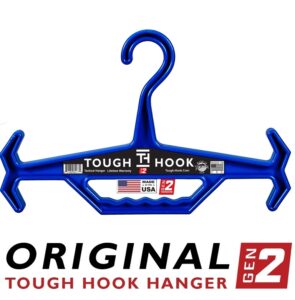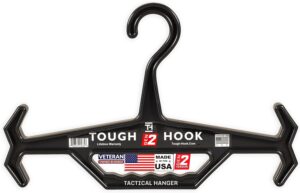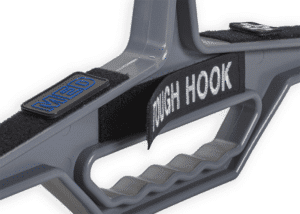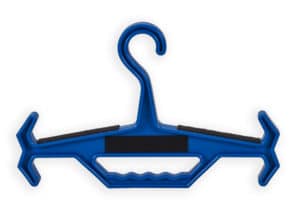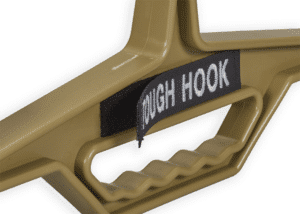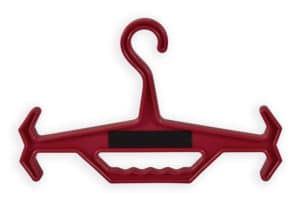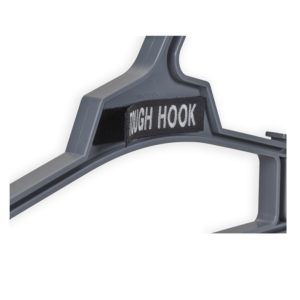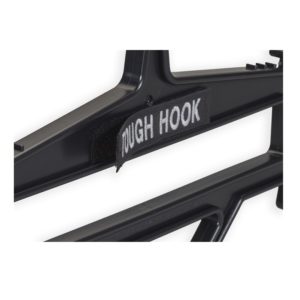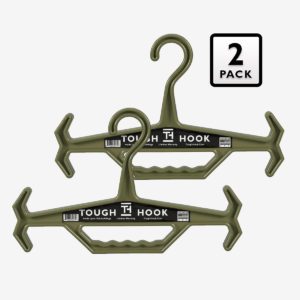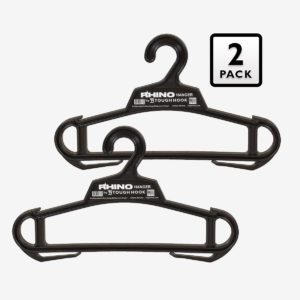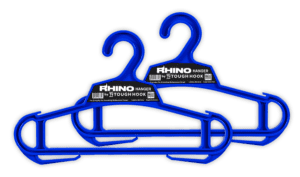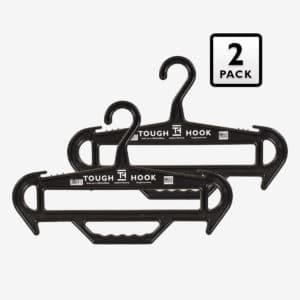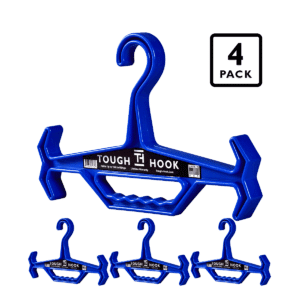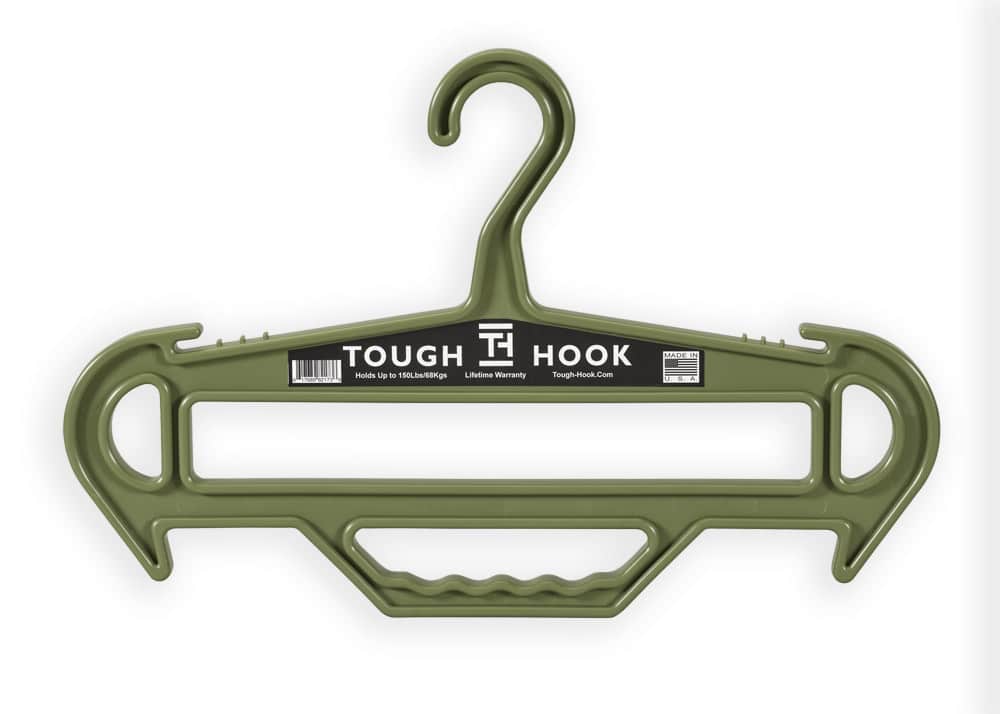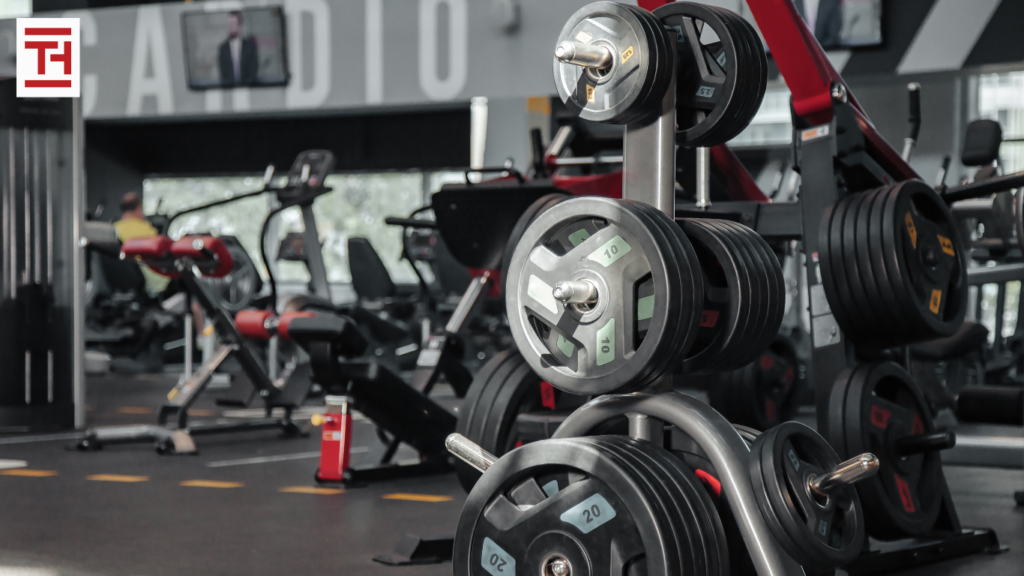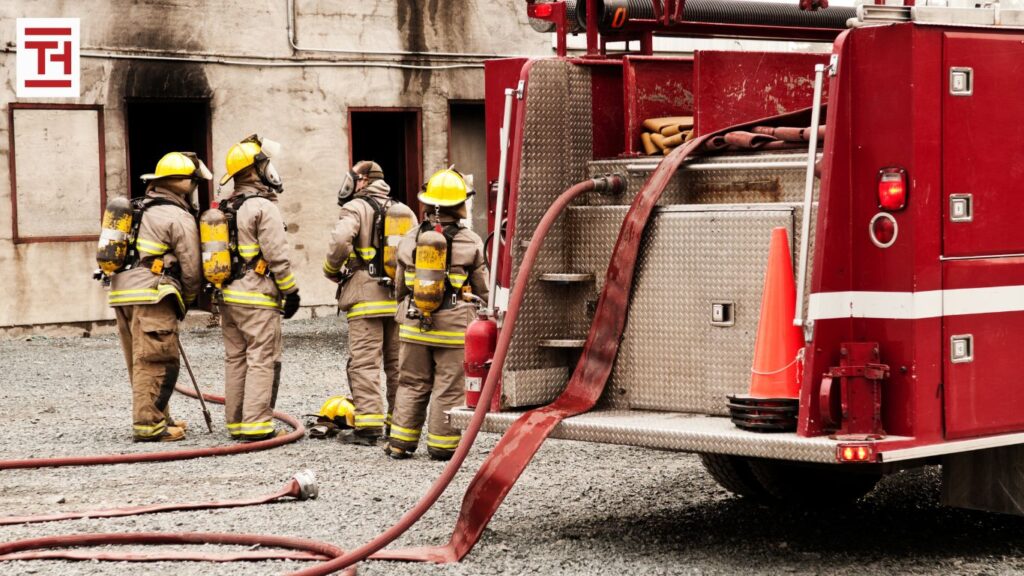We’ve all been there. You carefully hang up your favorite jacket, your trusty backpack, or maybe even some specialized sports equipment, only to return later and find the hanger bent, warped, or even broken. Sometimes, the garment or gear ends up in a crumpled heap on the floor. While a flimsy hanger might seem like a minor inconvenience, repeatedly stressing or breaking hangers can damage your valuable items and lead to unnecessary clutter and frustration. Understanding when your gear is too heavy for a regular hanger is crucial for maintaining the integrity of your belongings and ensuring a tidy storage space. At Tough Hook, we understand the importance of robust and reliable storage solutions. That’s why we engineer heavy-duty hangers designed to handle even your most demanding gear. But before you upgrade, let’s explore how to identify when your current hangers are simply not up to the task.
The Subtle Signs of Overload: Don’t Ignore the Whispers
Often, a hanger doesn’t snap immediately under excessive weight. Instead, it gives subtle clues that it’s struggling. Recognizing these early warning signs can save you from a broken hanger and potential damage to your gear. Here are some key indicators to watch out for:
-
Visible Bending or Warping: This is perhaps the most obvious sign. If you notice the arms of the hanger bowing downwards or the hook starting to bend away from its original shape, it’s a clear indication that the weight is too much for the hanger’s material and design. Don’t dismiss slight bends; they will likely worsen over time.
-
Creaking or Groaning Sounds: When you hang a heavy item, do you hear any unsettling noises coming from the hanger? Creaking or groaning sounds suggest that the material is under significant stress and the joints might be straining. This is a serious warning sign that the hanger is nearing its breaking point.
-
Slipping or Sliding: If your gear constantly slips off the hanger, even when placed carefully, it could be a sign that the hanger is being distorted by the weight. The added stress can change the hanger’s shape, making it less effective at gripping your items.
-
Deformation of the Hanger Material: Plastic hangers might show signs of stress through discoloration or the development of white stress marks, especially at points of high pressure. Metal hangers might exhibit subtle dents or flattened areas. These visual cues indicate that the material has been stretched beyond its elastic limit.
-
Difficulty Hanging or Removing Items: If you find it increasingly difficult to hang or remove an item from a particular hanger, it could be because the hanger has become misshapen due to the weight. This subtle resistance is a sign that the hanger is no longer functioning correctly.
-
The “Lean”: Does the entire hanger lean significantly to one side when an item is hung? This uneven distribution of weight can put excessive strain on one part of the hanger, increasing the risk of breakage.
-
Increased Flexibility: Compare the flexibility of a hanger that regularly holds heavy items to a new, unused hanger of the same type. If the used hanger feels significantly more flexible or less rigid, it has likely been weakened by the constant stress.
Ignoring these subtle signs is like ignoring a small leak in a dam—it might seem insignificant at first, but it can eventually lead to a much bigger problem.

2 Pack RHINO Heavy Duty Clothes Hanger Bundle
Original price was: $25.95.$23.95Current price is: $23.95.The Weighty Culprits: Identifying Gear That Demands More
Not all items are created equal when it comes to weight. While a light t-shirt poses no threat to a standard hanger, certain types of gear are inherently heavier and require more robust support. Here are some common culprits that often exceed the capacity of regular hangers:
-
Heavy Coats and Jackets: Winter coats, leather jackets, and parkas can be surprisingly heavy, especially those with thick linings or added features. Their weight can quickly overwhelm flimsy plastic or thin wire hangers.
-
Backpacks and Bags: Whether it’s a fully loaded hiking backpack, a heavy-duty work bag, or even a large purse, the combined weight of the bag and its contents can put significant strain on a hanger.
-
Sports and Outdoor Equipment: Items like wet wetsuits, heavy ski jackets, climbing harnesses, and loaded tool belts are often considerably heavier than everyday clothing and require strong support.
-
Uniforms and Protective Gear: Law enforcement, military, and construction uniforms, along with protective vests and other gear, are often made from durable and heavy materials.
-
Multiple Items on One Hanger: While it might seem like a space-saving solution, hanging multiple heavy items on a single regular hanger is a recipe for disaster. The combined weight significantly increases the stress on the hanger.
If you regularly hang any of these types of items, it’s highly likely that your regular hangers are struggling, even if you haven’t noticed any obvious signs of damage yet.
The Tough Hook Solution: Engineered for Strength and Durability
At Tough Hook, we recognized the limitations of conventional hangers when it comes to handling heavy and demanding gear. That’s why we developed a line of heavy-duty hangers built to withstand significant weight and provide reliable support for your most valuable items. Our hangers are engineered with several key features that set them apart:
-
High-Impact Polymer Construction: Tough Hook hangers are molded from a durable, high-impact polymer that offers exceptional strength and resilience, far exceeding that of typical plastic or wire hangers.
-
I-Beam Construction: The strategic I-beam design provides superior structural integrity, allowing our hangers to support substantial weight without bending or breaking.
-
360-Degree Rotating Hook: The robust, rotating hook allows for easy hanging and access from any angle, even with heavier items.
-
Wide Shoulder Support: The broad shoulder design prevents creasing and distributes the weight of your gear evenly, preserving its shape and integrity.
-
Versatile Design: While ideal for heavy gear, Tough Hook hangers are also perfect for everyday clothing, ensuring long-lasting and reliable performance throughout your closet.
Investing in Tough Hook hangers means investing in the longevity and proper storage of your valuable equipment and garments. Say goodbye to bent hangers and gear on the floor, and say hello to a robust and organized storage solution.
Making the Switch: Protecting Your Investment
Recognizing that your gear is too heavy for regular hangers is the first step. The next crucial step is making the switch to a more robust solution. Here’s why upgrading to heavy-duty hangers like those offered by Tough Hook is a smart investment:
-
Prevents Damage: Strong hangers prevent your heavy items from stretching, losing their shape, or even tearing due to inadequate support.
-
Extends the Lifespan of Your Gear: By providing proper support, heavy-duty hangers help maintain the integrity of your equipment and clothing, ultimately extending their lifespan.
-
Enhances Organization: Durable hangers contribute to a more organized and less cluttered storage space, making it easier to find and access your belongings.
-
Provides Peace of Mind: Knowing that your valuable gear is securely supported by a robust hanger offers peace of mind and eliminates the worry of finding items on the floor or dealing with broken hangers.
-
Cost-Effective in the Long Run: While heavy-duty hangers might have a slightly higher initial cost, their durability and ability to protect your belongings make them a cost-effective solution in the long run, saving you from replacing damaged items.
Don’t wait until your favorite jacket ends up in a heap on the floor. Pay attention to the subtle signs of hanger overload and consider upgrading to heavy-duty hangers from Tough Hook. Your gear—and your peace of mind—will thank you.


